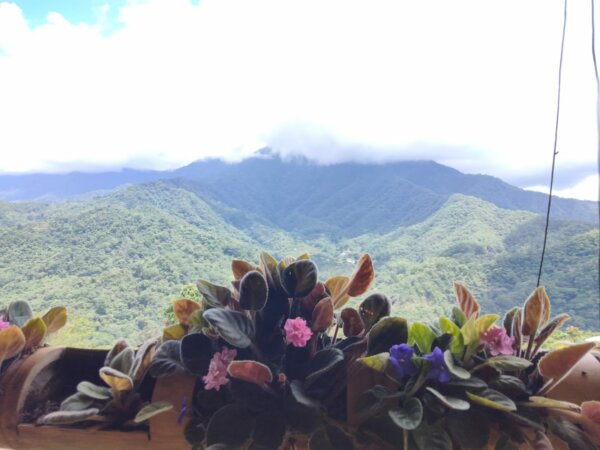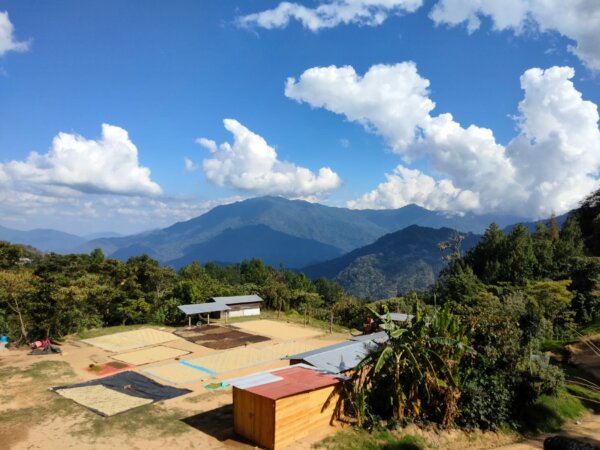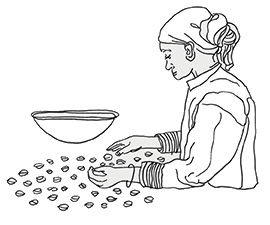About La Concordia
The Nuevo Paraiso community is located in the La Concordia district in the state of Chiapas. This community is relatively close to large cities—only a 4 hour trip from the Chiapas airport. One thing that makes Nuevo Paraiso different from the surrounding communities is that the majority of its coffee producers are women.
In recent decades, Nuevo Paraiso has suffered a massive migration of its male inhabitants to other countries in search of better job opportunities, leaving their wives and children on the farms. It’s very common today to see women managing the farms and raising their children alone. At first, this was a huge challenge, but over time it became clear that this was a task that they would excel at.
Nuevo Paraiso is characterized by its mountainous, high, but moderately flat terrain. Due to this, most farms have road access. Producers in the area usually either transport their coffees in their own cars, hire communal trucks to transport the coffee collectively, or call the collection centers to send a collection unit.
Nuevo Paraiso is located between 1400 and 1600 meters above sea level, and the predominant varieties in the area are Bourbon, Marsellesa, and Costa Rica. The producers’ farms are mostly located next to their houses. They also usually house their washing and drying stations in their homes.
Farm sizes in the area range from 1-2 hectares, with the larger outliers closer to 5. Farmers use leguminous ice-cream bean trees for shade and nitrogen fixing. For fertilizer they use organic compost made of coffee pulp.
Fermentation is carried out for approximately 40 hours in concrete tanks with drying lasting between 12 and 15 days on patios and raised beds, with lengths varying based on weather.







